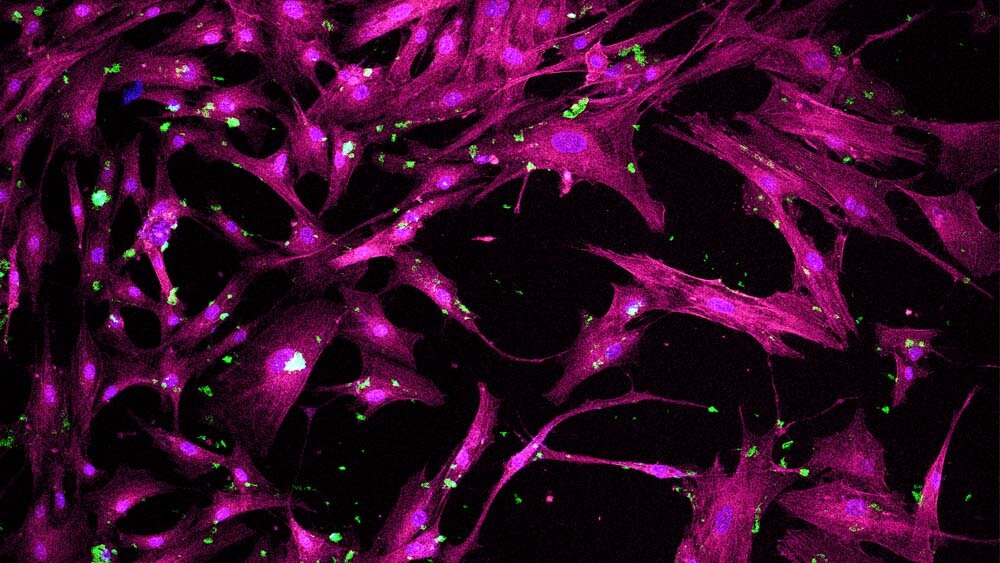Engineering researchers develop porous nanoparticles for regenerative medicine
Date: 1.4.2022
Stem cells can develop into many different types of cells in the body. For instance, when a person is injured, stem cells come to the site of the injury and aid in healing damaged tissues.
 New nanotechnology developed by a team of researchers from Texas A&M University could leverage the body's regenerative potential by directing stem cells to form bone tissue.
New nanotechnology developed by a team of researchers from Texas A&M University could leverage the body's regenerative potential by directing stem cells to form bone tissue.
Akhilesh K. Gaharwar, associate professor and Presidential Impact Fellow in the Department of Biomedical Engineering and a fellow of the American Institute for Medical and Biological Engineering, leads the team. The researchers have developed water-stable, 2D covalent organic framework (COF) nanoparticles that can direct the differentiation of human mesenchymal stem cells into bone cells.
Gaharwar's team has enhanced the hydrolytic (water) stability of COFs by integrating them with amphiphilic polymers, which are macromolecules that contain both hydrophobic and hydrophilic components. This approach, which has not been reported previously, gives water dispersibility to COFs, enabling biomedical application of these nanoparticles.
"To the best of our knowledge, this is the first report demonstrating the ability of COFs to direct stem cells toward bone tissue," Gaharwar said. "This new technology has the potential to impact the treatment of bone regeneration."
The researchers found that 2D COFs do not affect a cell's viability and proliferation, even at higher concentrations. They observed that these 2D COFs exhibit bioactivity and direct stem cells towards bone cells.























